Facts about Our Body
Important facts about our body to know the bones of our skeleton, the joints in different body parts, etc., Let us feel the fingers of our left hand with our right hand. We feel something hard under the soft skin. If we bend our finger we see there are three hard bones. The bones meet where there is a joint. We can bend our finger at each of these joints.
What does X-ray picture shows us?
The X-ray picture shows us the bones inside your body.
Here is an X-ray of a hand. We can count the bones in the fingers and we can also count the joints in the finger of one hand.
Lets us feel some facts about our body while studying;
(i) Feel along our neck and back we can feel the hard bones under the skin.
(ii) Feel the side and back of our head we can feel our skull.
(iii) Feel the long, thin bones on both sides of our chest these are known as the ribs.
Now let us find some other joints in our body — at our shoulder, our elbow and our wrist. Just like this, there are joints at the hip, the knee and the ankle.
At each of these joints our body can bend or turn in many ways. We will be surprised to find that our body has so many bones. All of them together make up skeleton.
Look at the picture of the skeleton.
The bones of our skeleton give our body its shape.
What would happen if we did not have these bones?
Our body would be soft, shapeless and floppy. Our backbone helps us to stand up straight. The bones in our legs help us to stand.
Bones also protect the soft parts inside our body. Our ribs form a cage which protects our heart and lungs. Our skull is like a box which protects our brain.
The bones at the joints cannot move on their own. They need muscles to help them move.
Look at the picture and we can bend our arm in the same way.
Feel the muscles in our upper arm become large when we bend our arm. There are muscles like this all over our body. Muscles help us to open and close our mouth when we speak. They help us to swallow food. They help us to smile and blink.
Some muscles of our body work all the time, even without our telling them to do so. The muscles that help us to breathe in and out never stop working. Muscles also keep our heart beating non-stop.
What else is there inside our body?
Inside our rib cage, are our heart and lungs. Watch yourself breathe. We notice the rib cage moves in and out with each breath. When we breathe in, the lungs take in oxygen from the air. When we breathe out, they push out air with more carbon dioxide.
Note:
(i) Place your hand in front of your mouth and feel the air you breathe in and out.
(ii) Run on the spot and we see that our rib cage moves faster, after running.
Our heart is made of very strong muscles. It works without stopping all through our life. It pumps blood to every part of our body.
The food we eat gets digested inside our body. It breaks up into smaller parts which the body can use. This digested food helps us to grow, gives us energy and keep us healthy. The unused part of the food is sent out of the body when we go to the toilet every morning.
The outermost covering of our body is our skin. It is soft but very strong. It bends and stretches as we move. It repairs itself when we get hurt.
Our skin helps us to feel. When we touch something, our skin tells us if it is rough or smooth, hot or cold, soft or hard.
From Facts about Our Body to HOME PAGE
Recent Articles
-
What Is Plasma? | Blood Plasma | Proteins | Nutrients | Cholesterol
Nov 07, 25 10:29 AM
Blood is a mobile fluid which is a connective tissue and is derived from the mesoderm like cell any other connective tissue. Colour of blood is reddish and that flows inside the blood vessels by means… -
Disorders of Respiratory System | Tuberculosis | Pleurisy | Emphysema
Oct 28, 25 11:39 PM
Tuberculosis is very common disease and is caused by a type of bacteria called Mycobacterium tuberculosis. This disease causes different trouble in the respiration and infection of several parts of th… -
Regulation of Respiration | Respiratory Centres | Inspiratory Area |
Oct 14, 25 12:13 AM
Respiratory Centre is the area that controls the rate of respiration and it is observed to be located in medulla oblongata and pons. Respiratory Centre has the following will dispersed components like… -
Explain Transport of Gases | External Respiration | Tissue Respiration
Oct 09, 25 11:35 PM
In humans gaseous exchange is completed in the following ways the steps are - External Respiration or Breathing - Breathing in false taking in of Oxygen and giving out of carbon dioxide in the body. M… -
Kind and Number of Teeth | Location of Teeth in Mouth | Care of Teeth
Sep 11, 25 12:52 AM
Kind and Number of Teeth
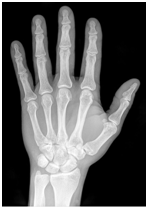
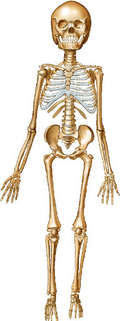


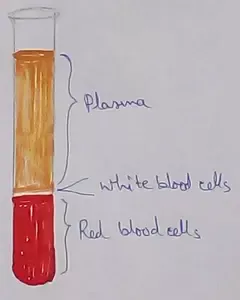
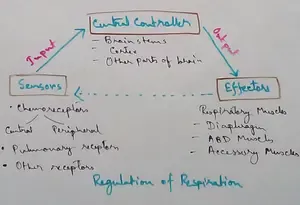
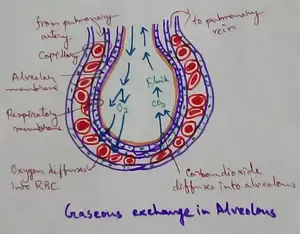

New! Comments
Have your say about what you just read! Leave me a comment in the box below.